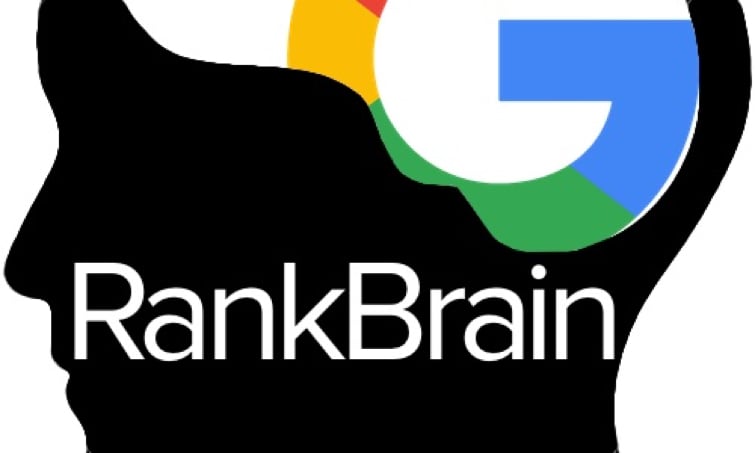
RankBrain: Google’s Machine Learning Technology

If you’ve heard of RankBrain, you probably know that it is a machine learning technology Google has incorporated into their hummingbird search ranking algorithm. They have stated publicly that it is the third most important signal in their search engine result processes.
How Does RankBrain Work?
RankBrain is a multitude of mathematical software processes that are geared toward learning how people search. The overall goal is to gain more insight into how, why, and what people are searching for. As user searches become more complex, RankBrain allows Googles algorithms to combine search phrases with new meanings, relevance, and context.
In the average day, 15% of search queries are unique — they’ve never been seen by the engine before. So out of the 91 million total searches they field per day, 13,650,000 are brand-new. No wonder the company is investing so heavily in AI-related technology. In 2014, Google acquired DeepMind, a London-based machine learning startup, for £400 million.
How Does RankBrain Benefit Search?
An overused example from Bloomberg illustrates how RankBrain is helping search:
Query: “What is the title of the consumer at the highest level of a food chain?"
Marketers would be searching for consumers as buyers of goods. Zoologists would be searching for consumers as organisms who eat. When put into a query that asks about the highest level, RankBrain interprets the most scientific context. Google yields Apex Predator as its top result.
This technology was built to evolve as linguistics do. I can only imagine what was returned the first time YOLO was searched, and that is precisely why this technology is needed. People, particularly younger generations, change the way words relate to each other just as often as they change their socks. The real value with machine learning that can change with these trends, learn the way words relate to each other, and infer as to their order.
Machines Can Learn Now, Huh?
RankBrain is truly a leap forward in machine learning, but the concept is not new. It has evolved and grown in new and incredibly technical ways to get to where it is today. Microsoft has had a machine learning system called RankNet since 2005. More recently Microsoft also released a Twitter Bot named Taye, which learned how to act from other users. The whole project was abused by a generation of opportunistic internet trolls and had to be dismantled after the project became inappropriate due to user suggestion. Other notable investors of machine learning include Elon Musk, Facebook, IMB, and Shell.
How Can you Position Your Site to be Ranked by the Brain?
This algorithm has not, that we know of, changed much on the SEO front. The one factor that could be enhanced by this ranking signal is the creation original content. If you are lucky enough to coin a phrase and RankBrain is fed this information and recognizes you as the source, you may very well be cataloged as an authoritative source on the topic. That would mean wonders for ranking whichever page your content is on.
How Long Until RankBrain Takes Over the World?
The machine learning often gets confused with artificial intelligence. Artificial intelligence implies that the machine is sentient, with no limits to its decision making and thought processes. Machine learning can be a specific set of learning protocols, relating to specific tasks. It is much more precise to search results in this application and RankBrain does not have the capability to make advanced decisions beyond search phrases. At least for now.
